Belfast
On a small island called Ireland, two states coexist, both named Ireland. Dublin is the capital of the Republic of Ireland, an independent country that is part of the European Union. Belfast, on the other hand, is the capital of Northern Ireland, which is part of the United Kingdom.
Northern Ireland is a small patch of the shared island land, but essentially a separate country. Even the currency is different here. In Dublin, they use the euro, while the preferred currency in Belfast is the pound sterling. It’s the same currency as in England, but issued by its own bank. The banknotes state: “Pound Sterling. Bank of Ireland.” As an exception, euro is accepted in telephone booths, just in case a traveler encounters an emergency situation and doesn’t have the necessary money in their pocket in the middle of the night. It seems that somewhere along the border between the countries, the acceptance of euros smoothly transitions into the acceptance of pounds.
There is a shuttle bus that runs from Dublin to Belfast every half an hour, and the fare is around 20 euros. The bus journey takes about 2 hours without any stops. And, it must be noted, there is no restroom on board. Curse it.
It’s immediately obvious that Belfast is part of Britain. Here, you can see a London-style button to call the traffic signal.
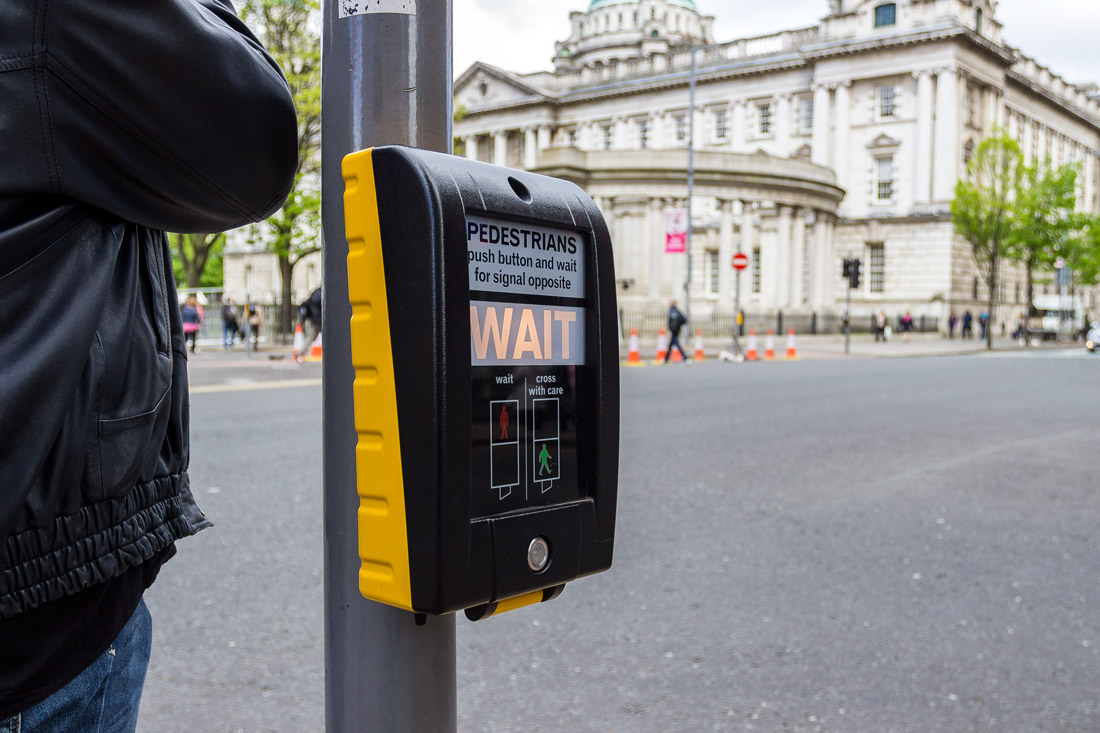
Her Majesty’s mailbox.

Cabs.
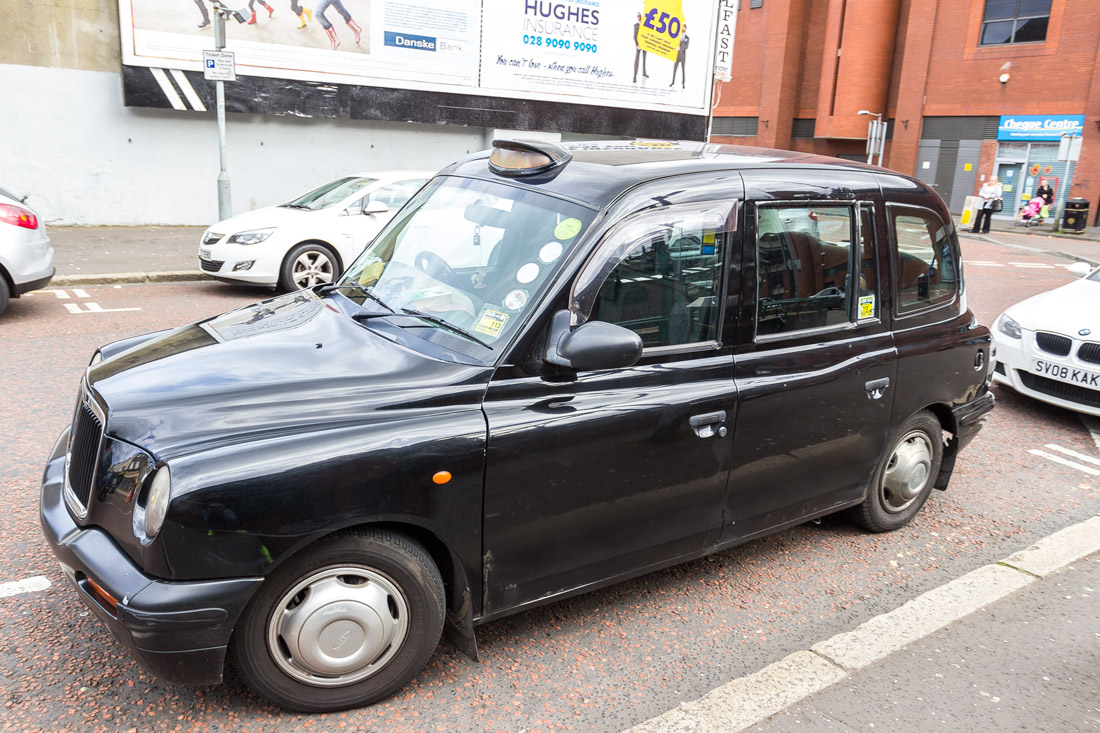
When I was in Ireland, the country hosted the Giro d’Italia 2014 cycling race.
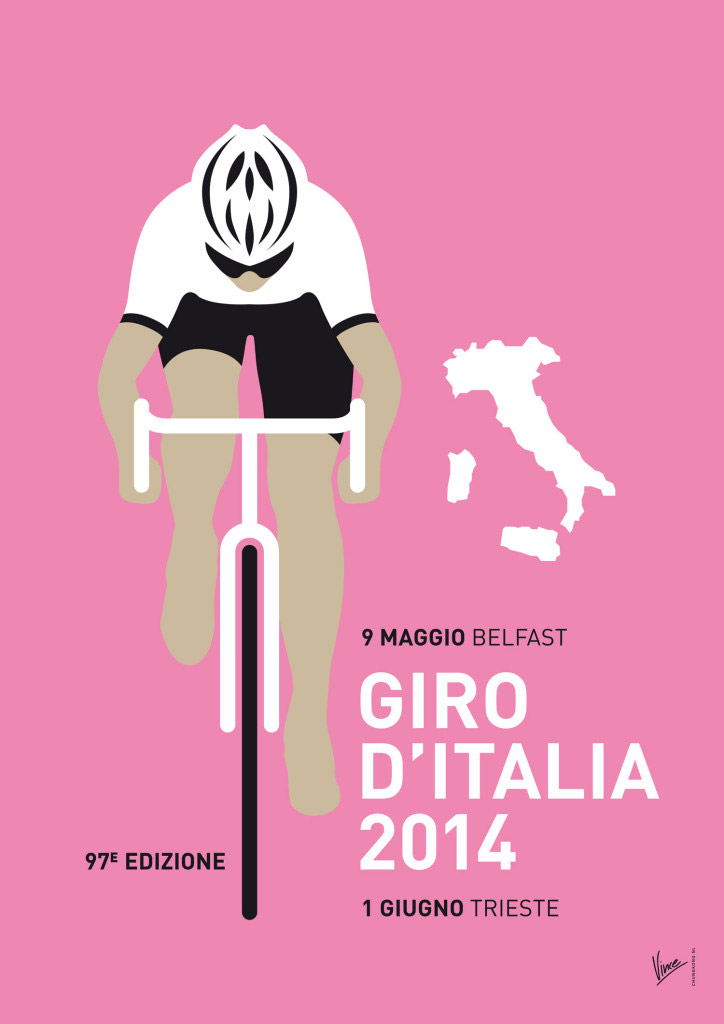
It started in Belfast exactly on the day of my visit. Cycling teams from many countries came to participate in the race.


Half of the city was closed off for the cycling route. It was difficult to find a place to cross to the other side of Belfast, which was divided in half. The streets were crowded with people. There wasn’t enough space for everyone, and people climbed on fences, poles, telephone booths, and bus stops.
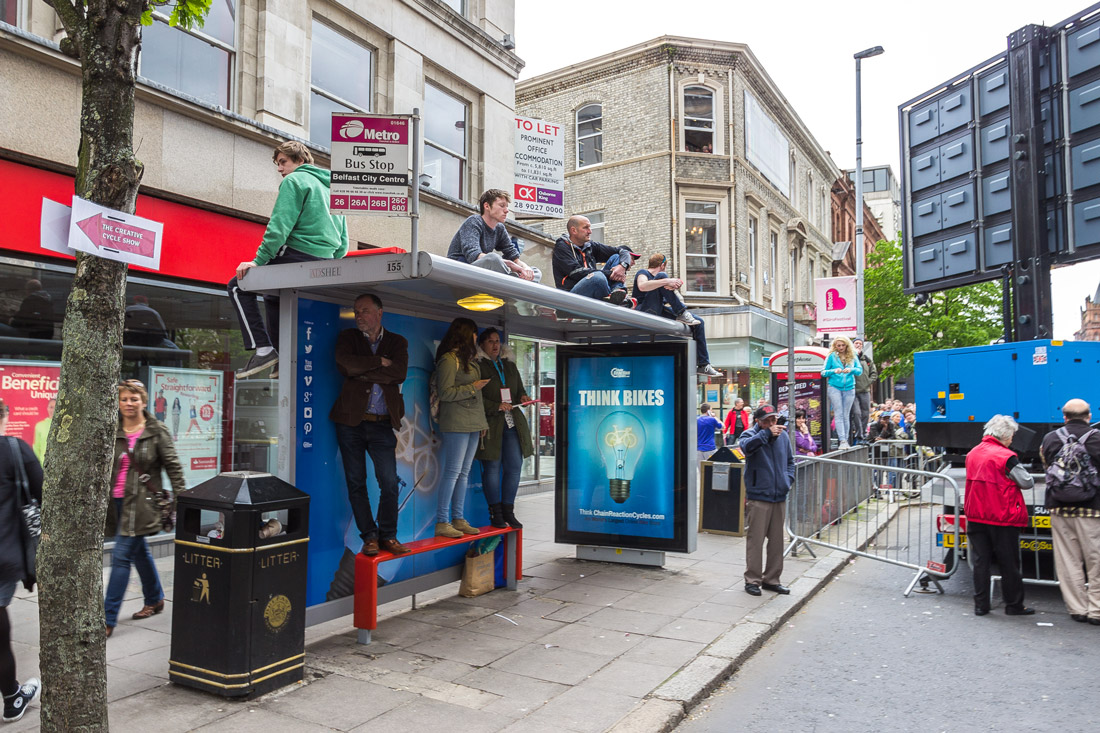
Photographers were comparing the length of their lenses.
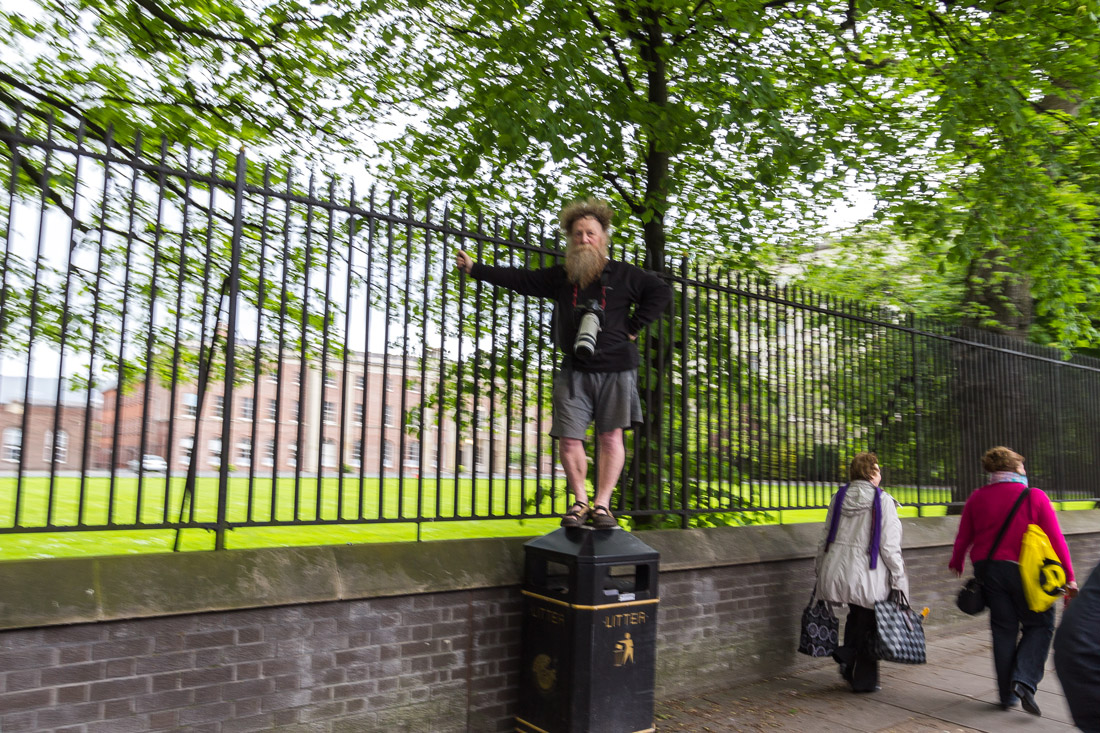
Everyone was capturing the race on their mobile phones.

A multitude of volunteers dressed in pink were overseeing the organization.
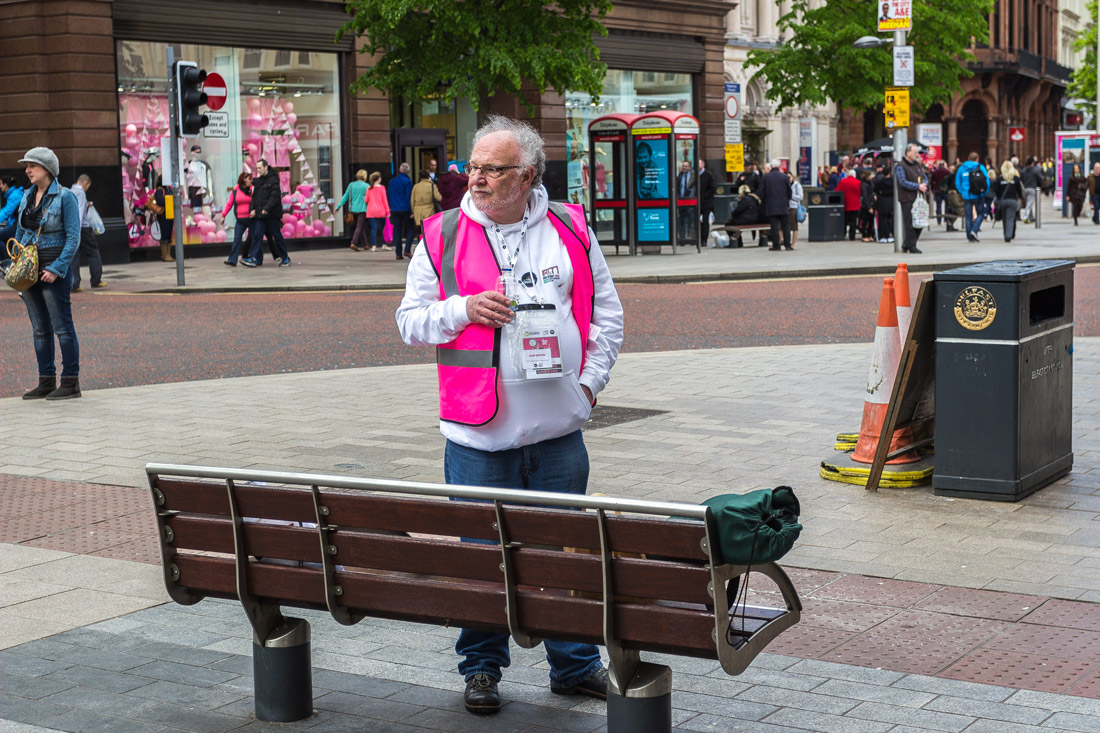
They were distributing pink Tic-Tacs.
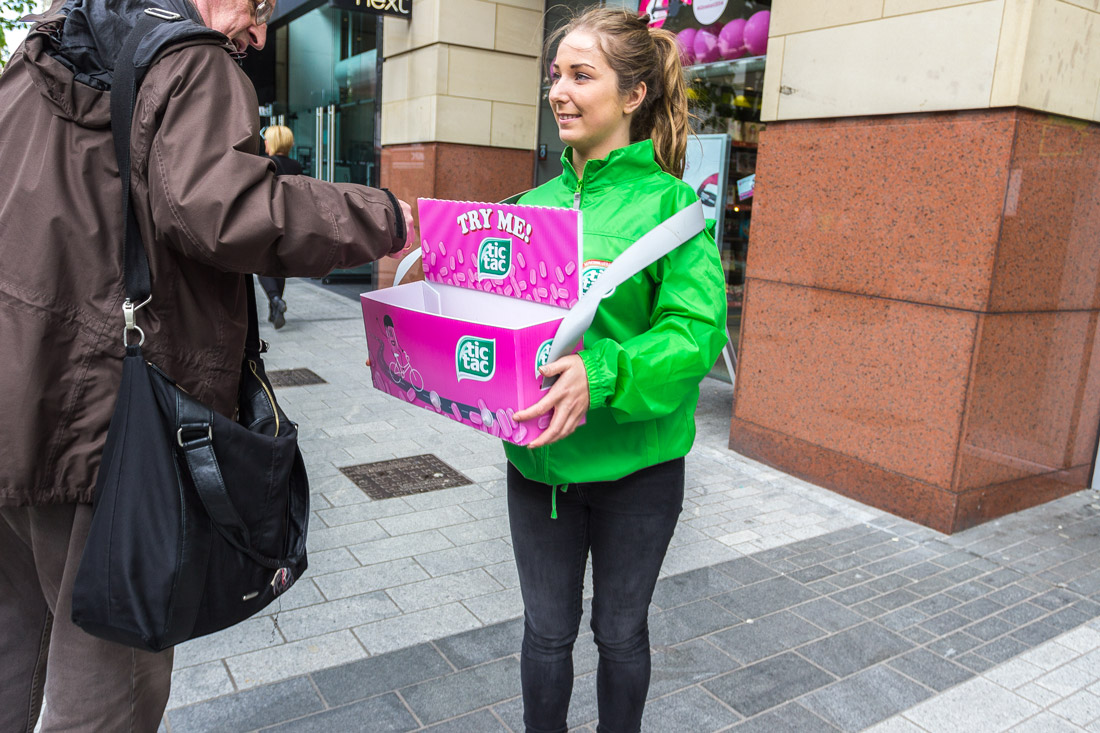
I’m not sure if the people of Belfast themselves are aware that pink is their signature color, but it emerges everywhere. How many pink spots are there at this intersection?
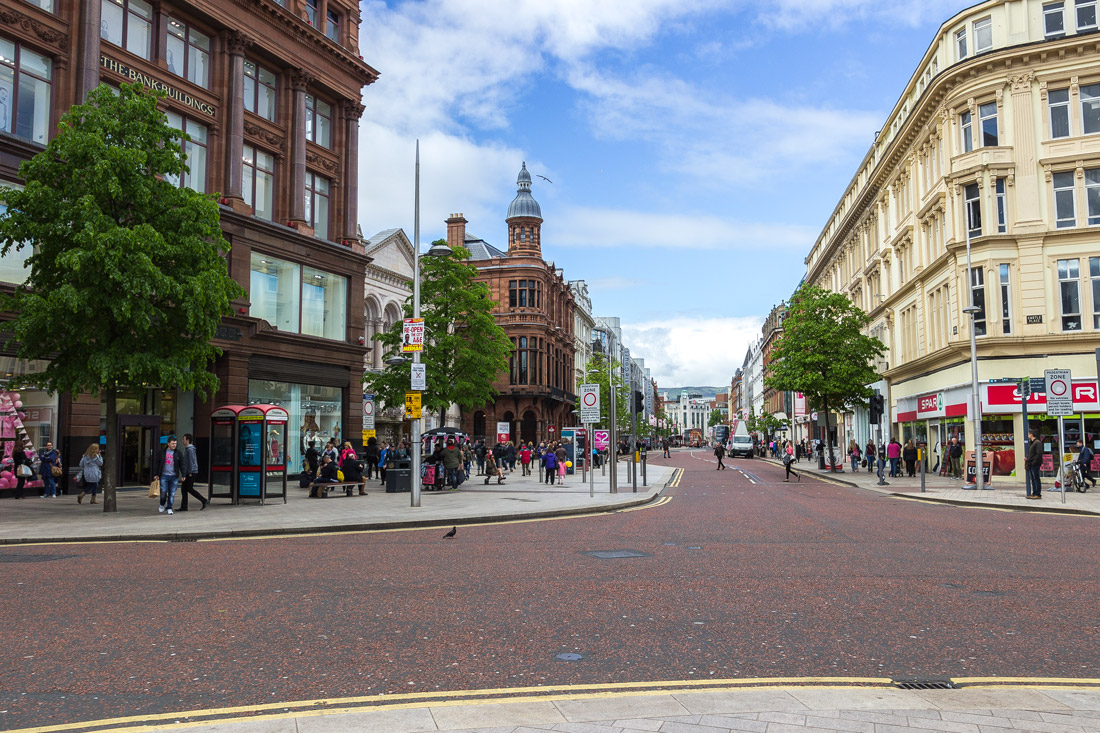
Even the buses are all in pink as well.

The trees are dressed in pink shrouds, and pink flags are hung above the streets. Some things are painted in honor of the cycling race, while others are simply always pink.

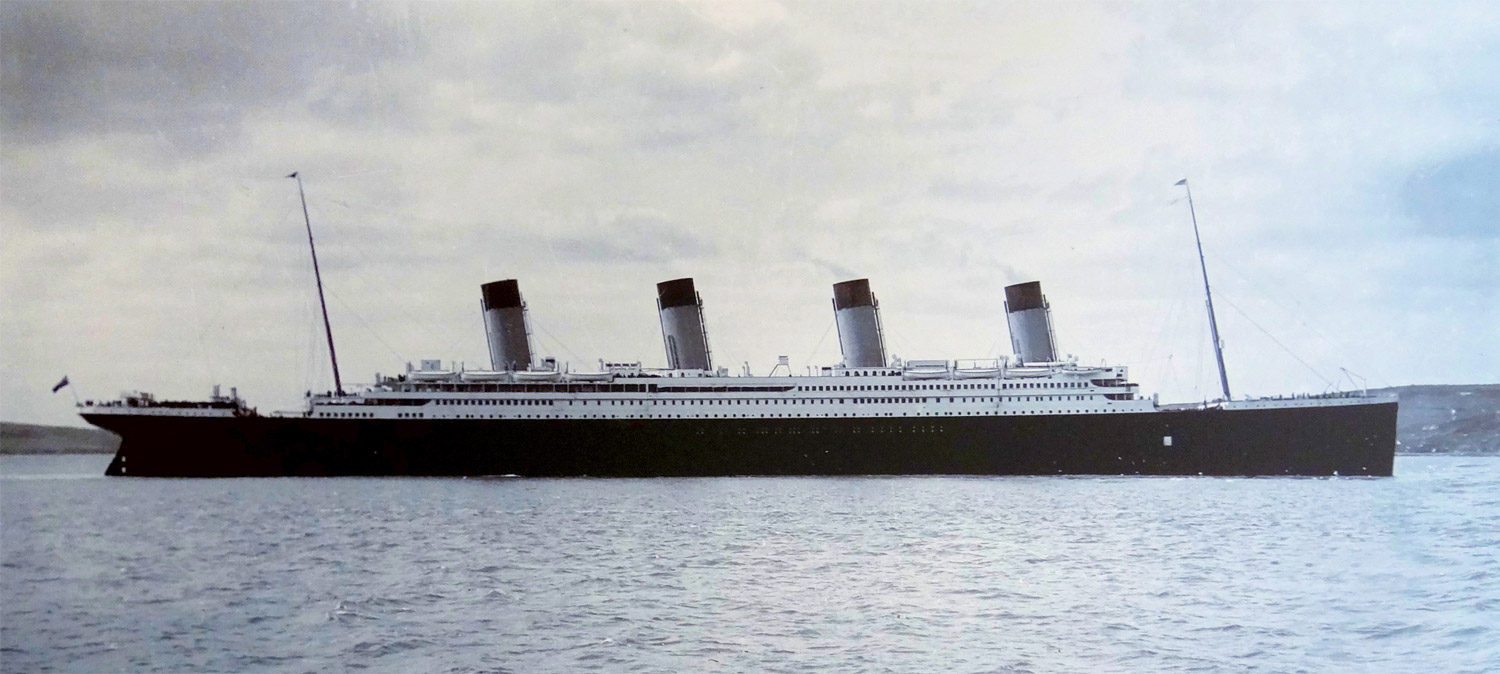
In Belfast, they built and launched the Titanic for the first time.

In honor of the sunken ship, there is an exhibition center called “Titanic Belfast” located in the port. They sell a wide range of souvenir products related to the disaster. It’s surprising that nobody turns this event into a cult of mourning and suffering. The museum offers various types of souvenirs such as beer mugs, postcards, flags, t-shirts, caps, and so on. It makes me wonder what would happen if someone in Russia tried to turn, let’s say, the Battleship Potemkin into a brand.

There are rusty remains of some ship nearby.

And massive gantry cranes.

In addition to the branded places in the harbor, there are plenty of museums, pubs, and cafes throughout the city.
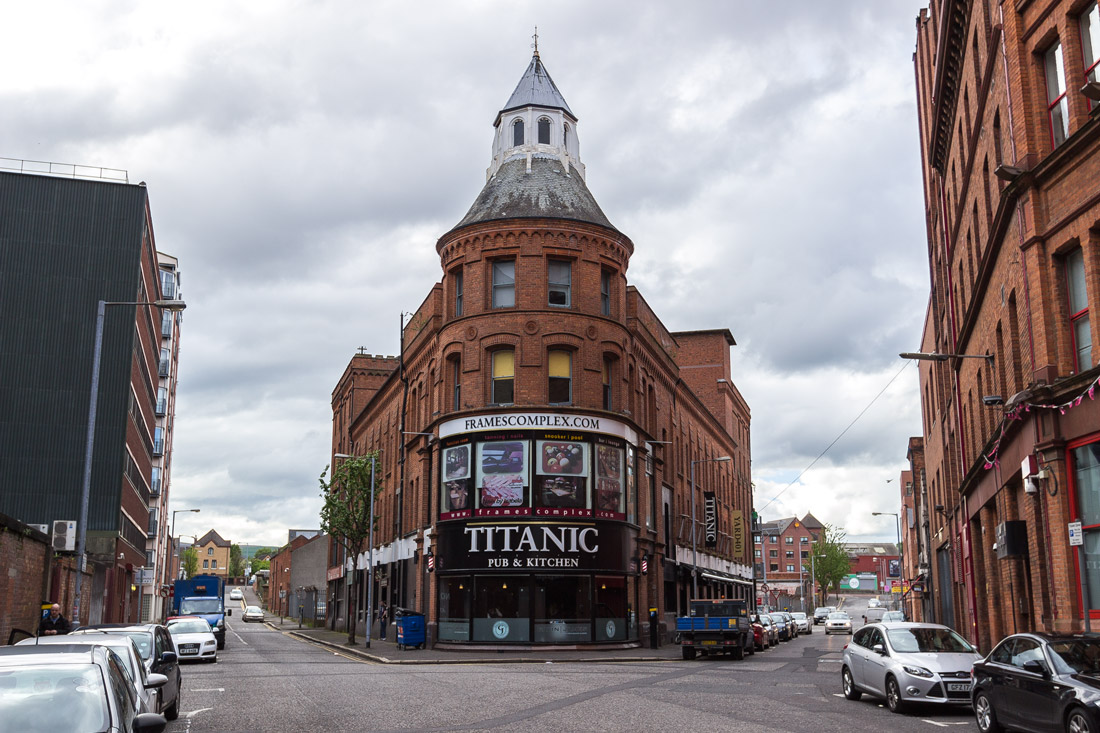
Moreover, Belfast has a lot of graffiti. Initially, I came here from Dublin specifically for the street art and didn’t expect to visit the Titanic Museum or go on a bike tour.




The breeding ground for murals is an area of Belfast located near Sandy Row. In this neighborhood, there is a conservative working-class community of Protestant loyalists of Northern Ireland, known as Ulster loyalists, who support the country’s membership in the United Kingdom.
“Welcome to Sandy Row.”
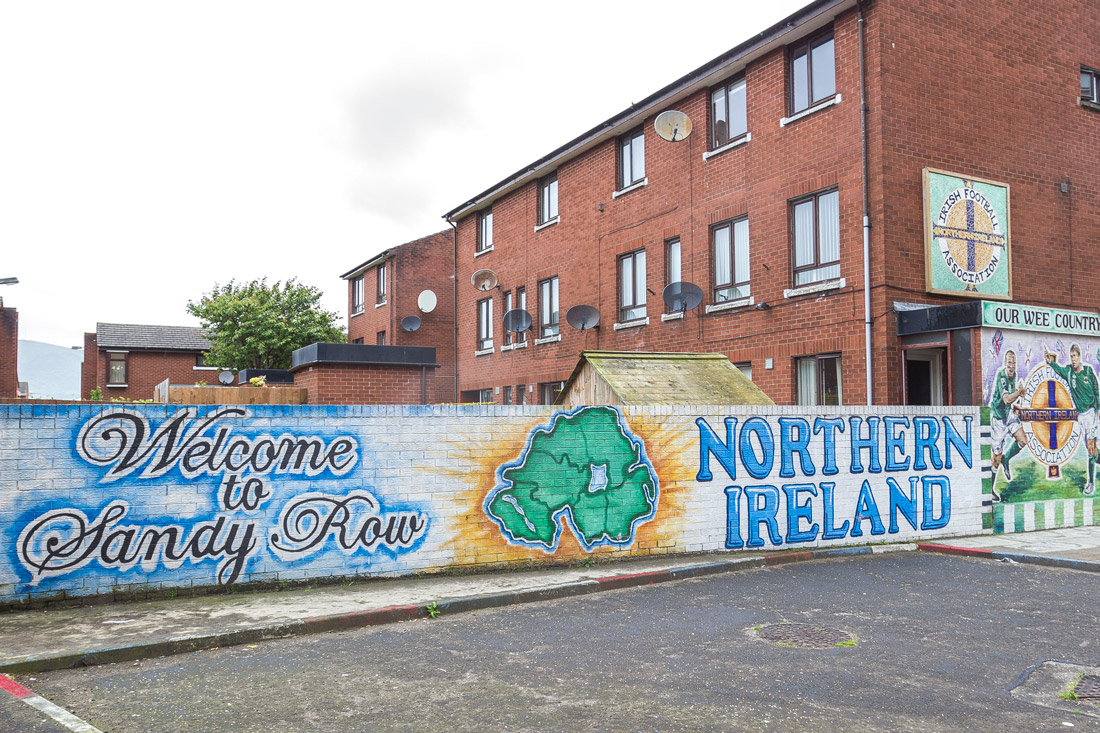
“Our wee country. Irish Football Association.”
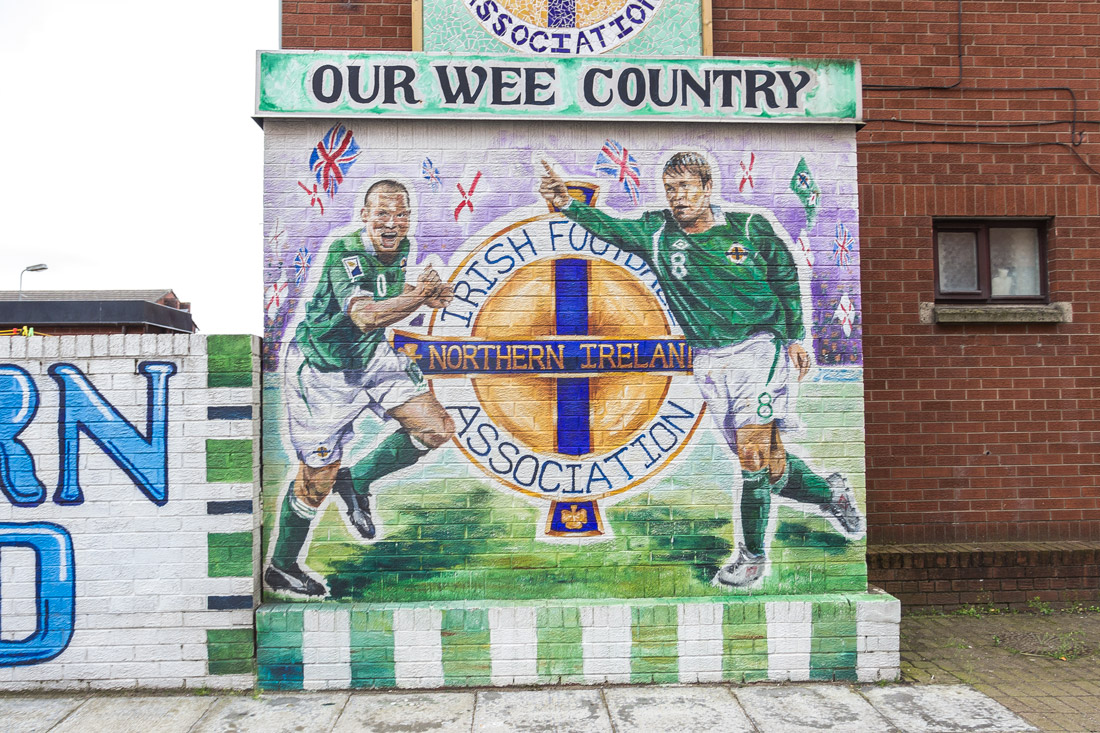
“The Prince of Orange. King William III.” The ruler of the Netherlands who later became the King of Britain. He fought against the Jacobites on the side of Scotland and Ireland, and is revered among Irish Protestants as a great hero. The color orange is a symbol of Irish Protestants.
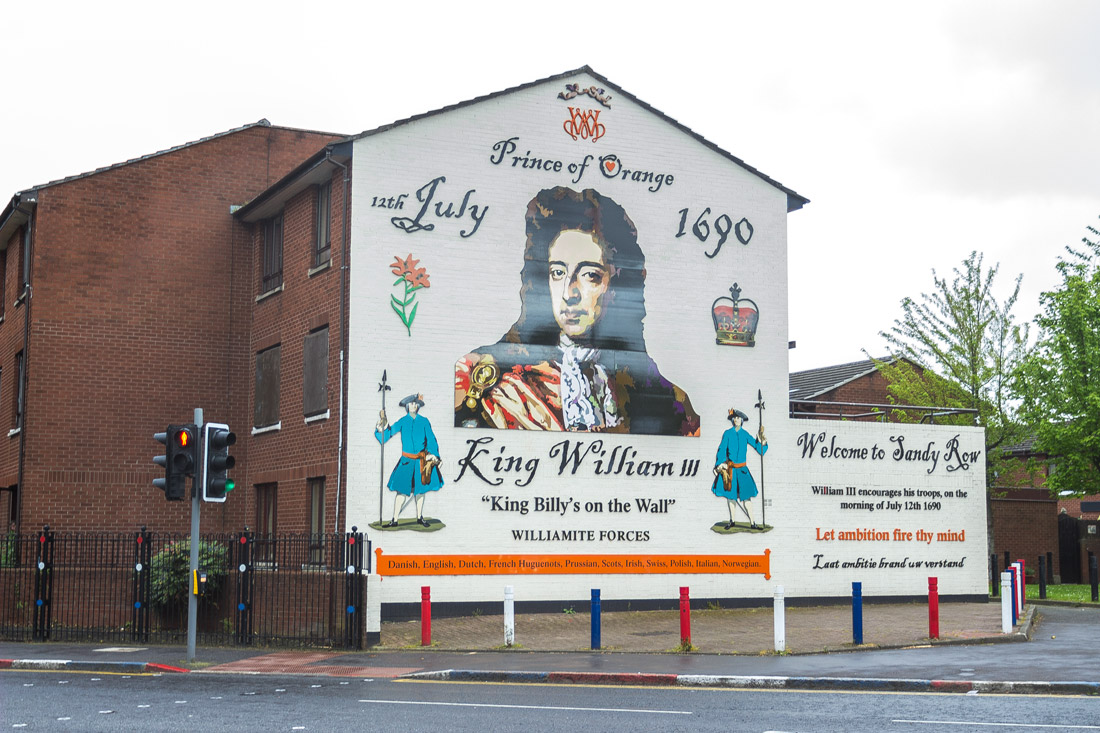
“Robert Dougan. Murdered by the enemies on February 10, 1998. In proud memory of our fallen comrade. Gone but not forgotten. South Belfast Brigade. No one will divide us.” (Quis separabit — the motto of Northern Ireland.)
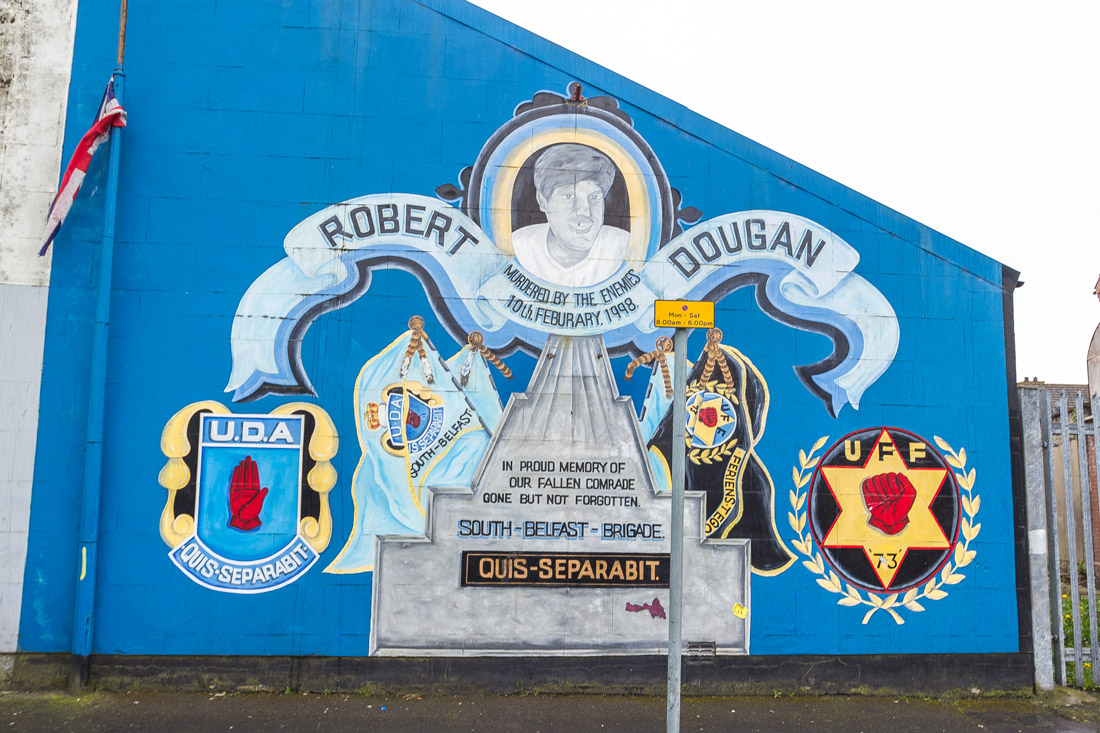
George Best. (Irish footballer.)
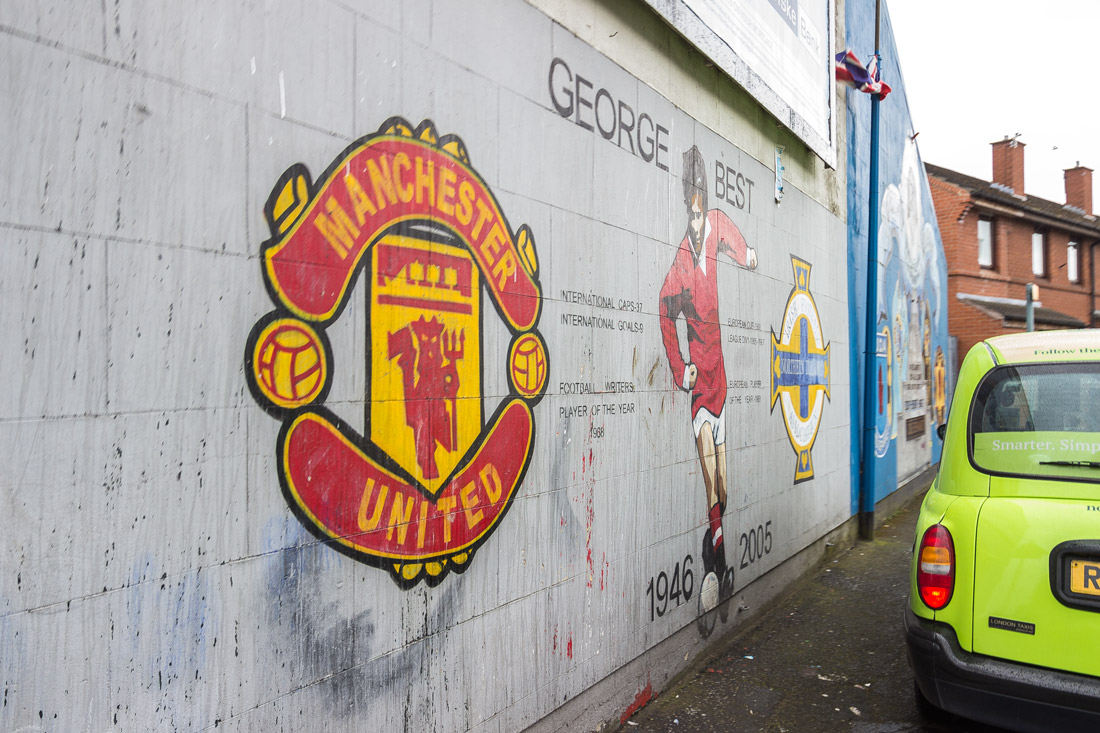
“Titanic Workers.”
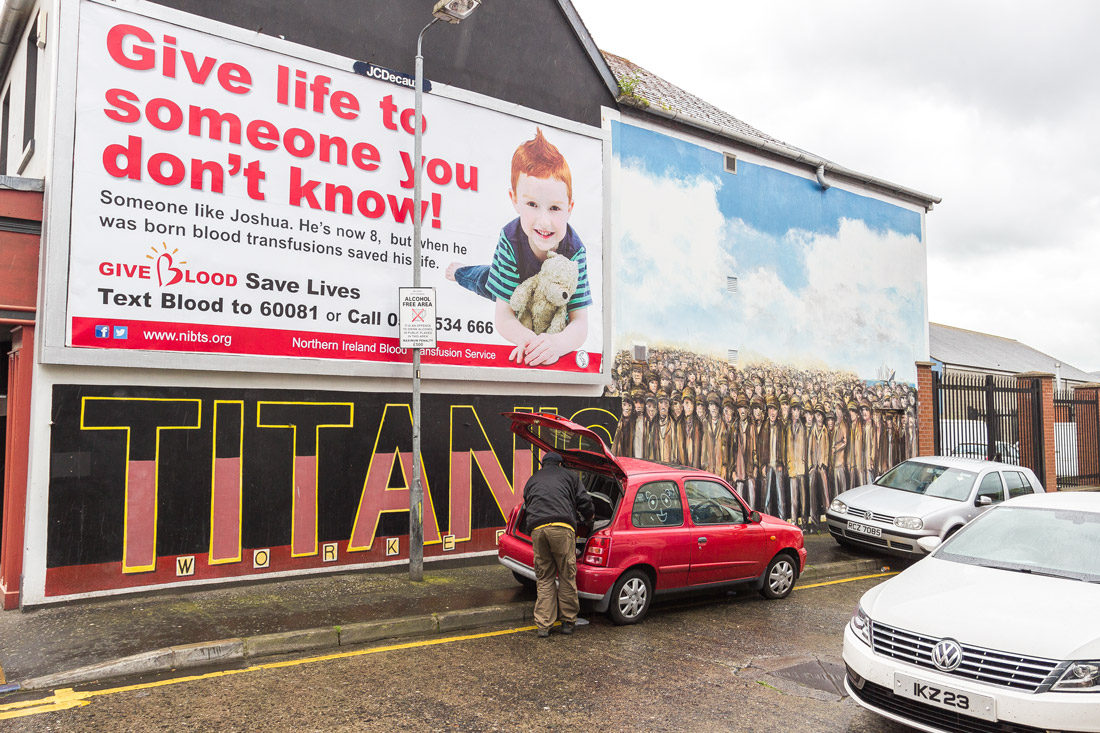
“The People’s champion. In memory of Alex “Hurricane” Higgins. A true legend. Born in 1949, died in 2010. Higgy simply the best.”

U.F.F. — Ulster Freedom Fighters. A banned Protestant paramilitary group in Northern Ireland. Terrorists. The inscription on the poster: “In proud memory of our fallen comrades. We forget them not.”

In general, it’s quite a place. People live here fairly poorly. Puddles.
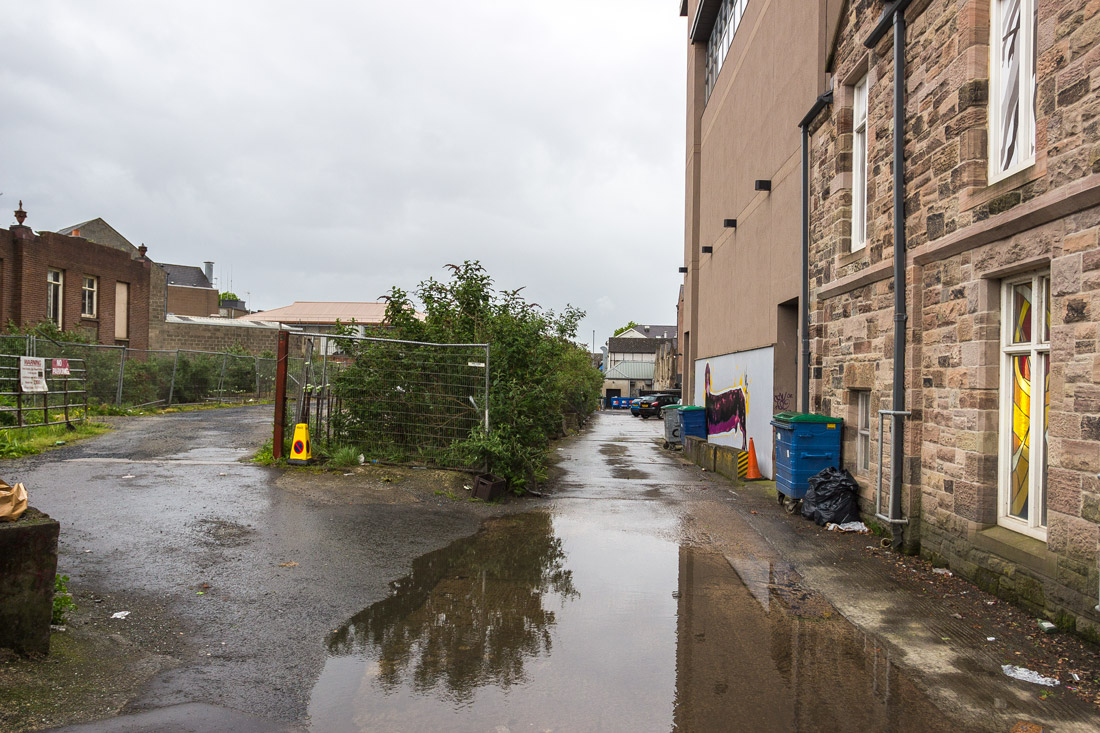
Backwater.

And nearby is a famous place — the Europa Hotel. This hotel holds the title of “The most bombed hotel in the world.” During ethno-political conflicts in Northern Ireland, the hotel building was targeted with bombs 26 times. The Europa Hotel frequently hosted meetings and accommodated political figures.
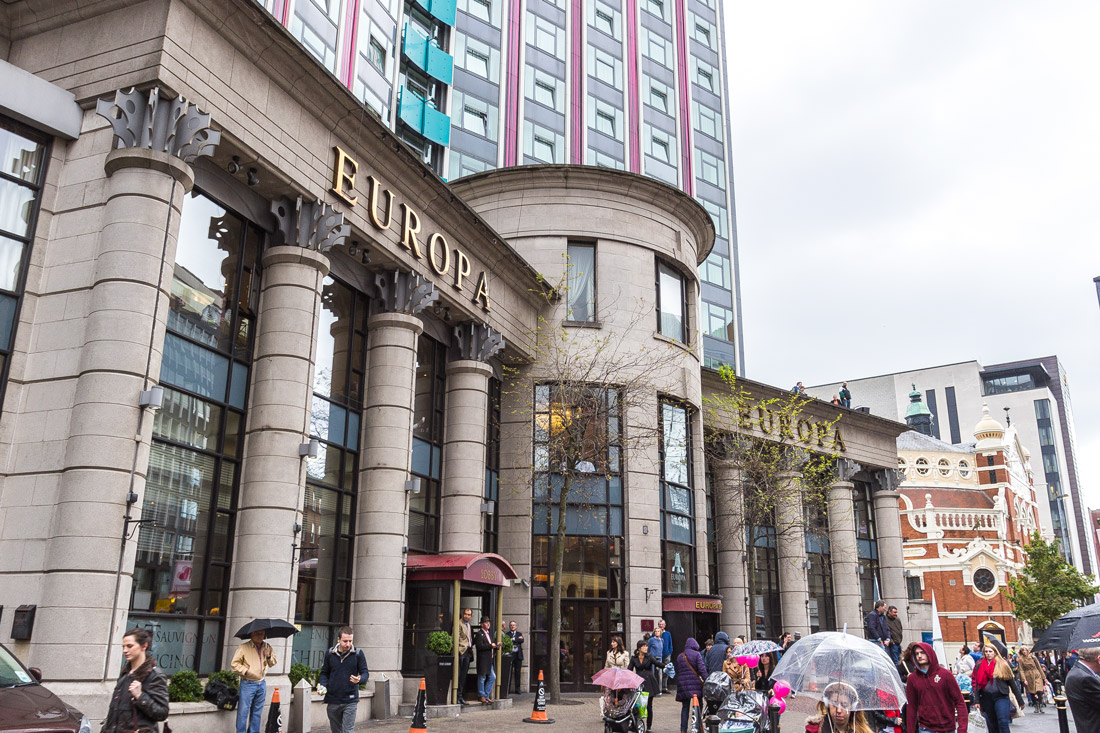
Overall, Belfast is a pleasant city, much nicer than Dublin. There’s plenty of room to move around here.
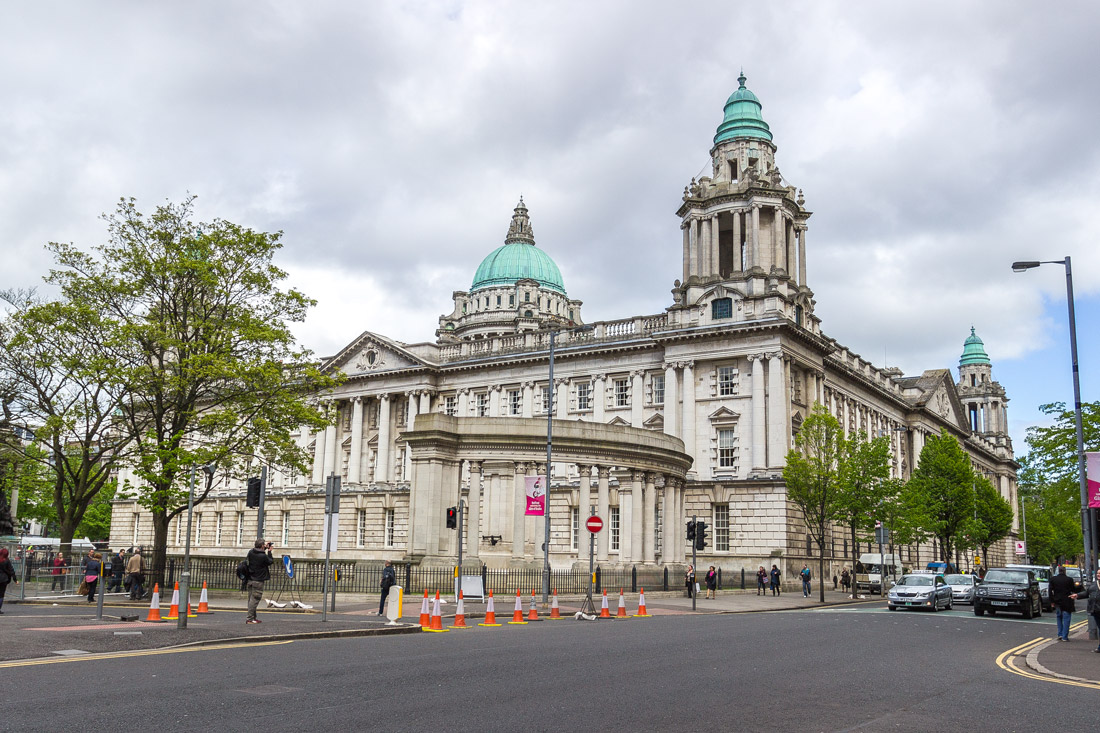
And you can stroll along the streets.

And the architecture is pleasant.




The opera is beautiful.

And there’s even their own Big Ben.
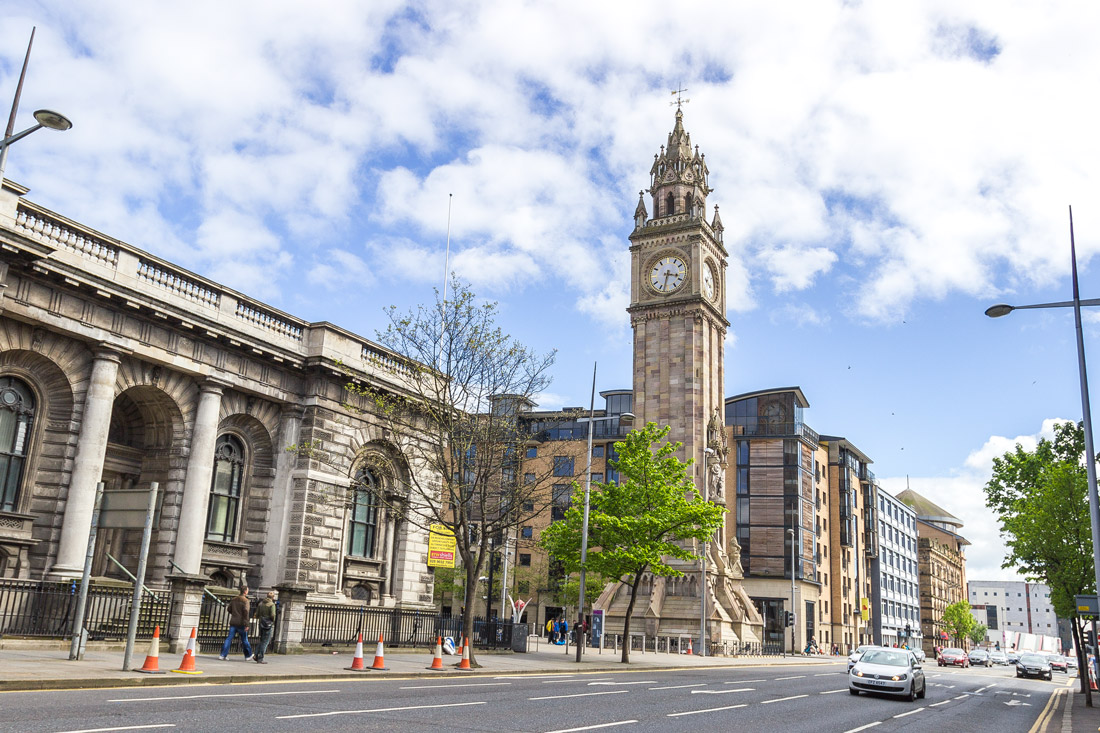
Although there are plenty of ruins in the city as well.
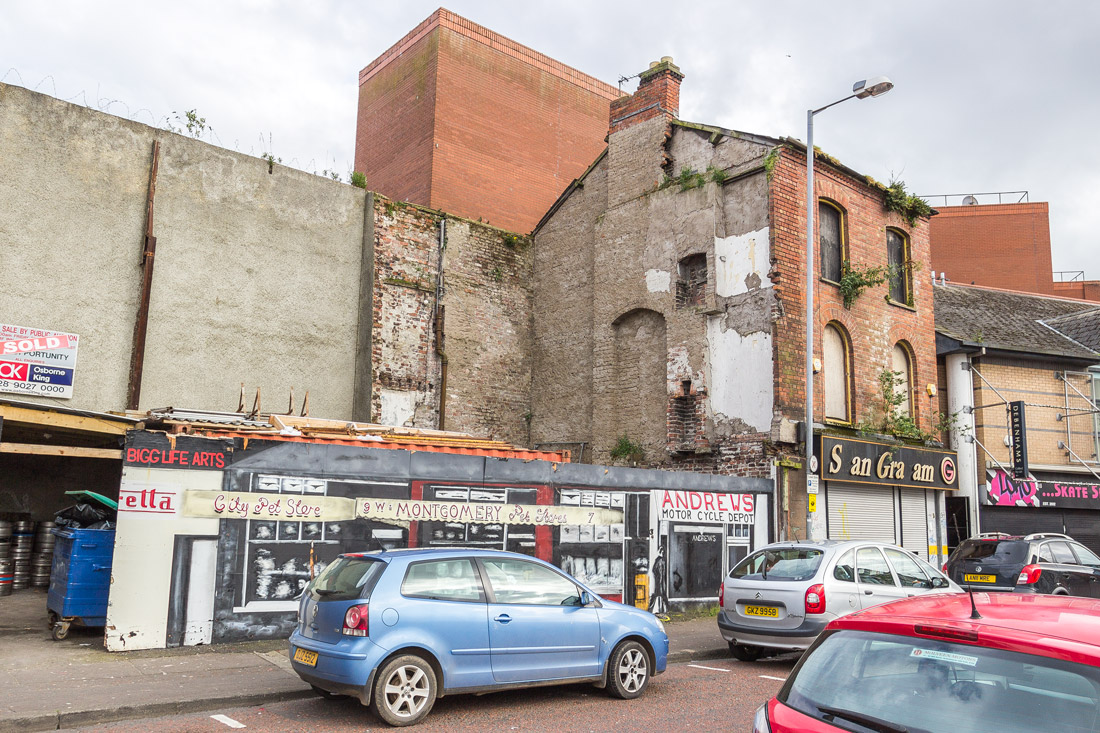

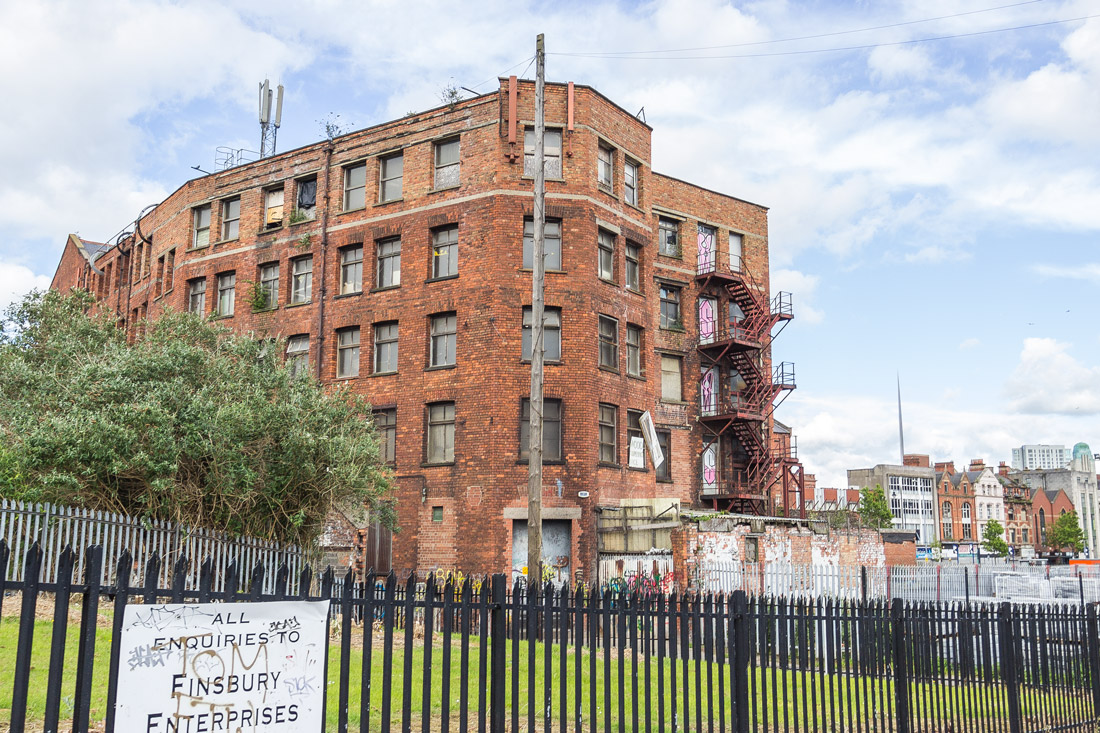
Monstrous police car.

Coffee kiosk.

Signs.


Benches, trash bin.
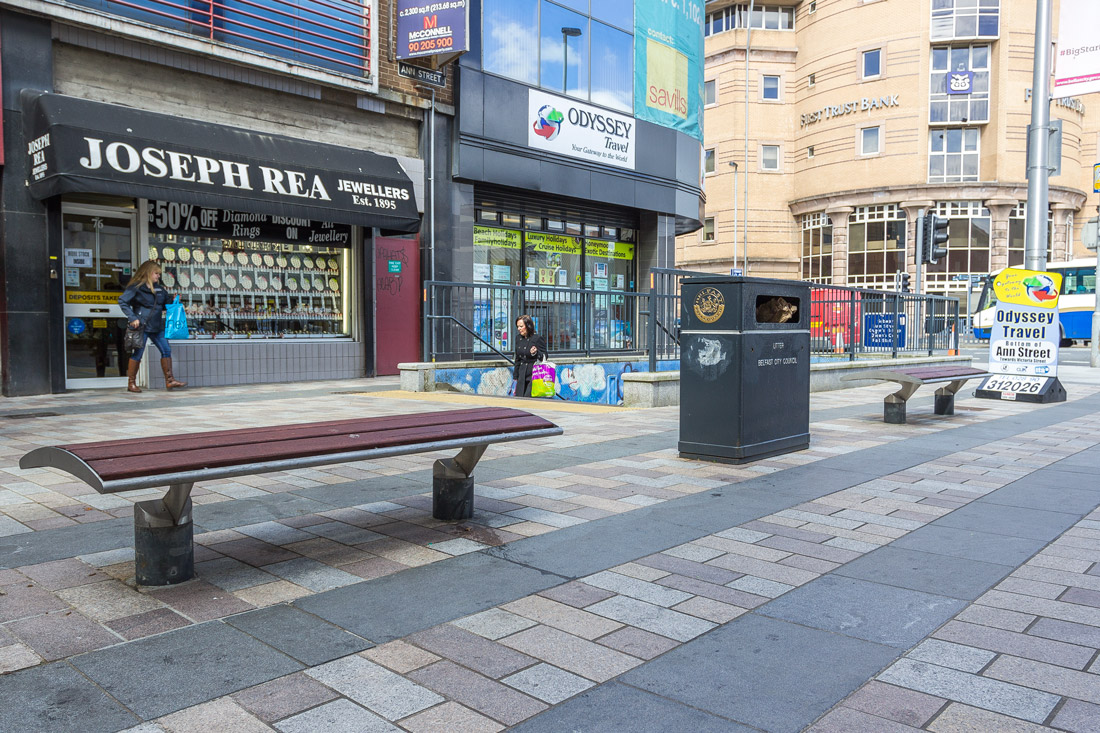
Street sign.

Wonderful sign. Indicates which street intersects with the current one.
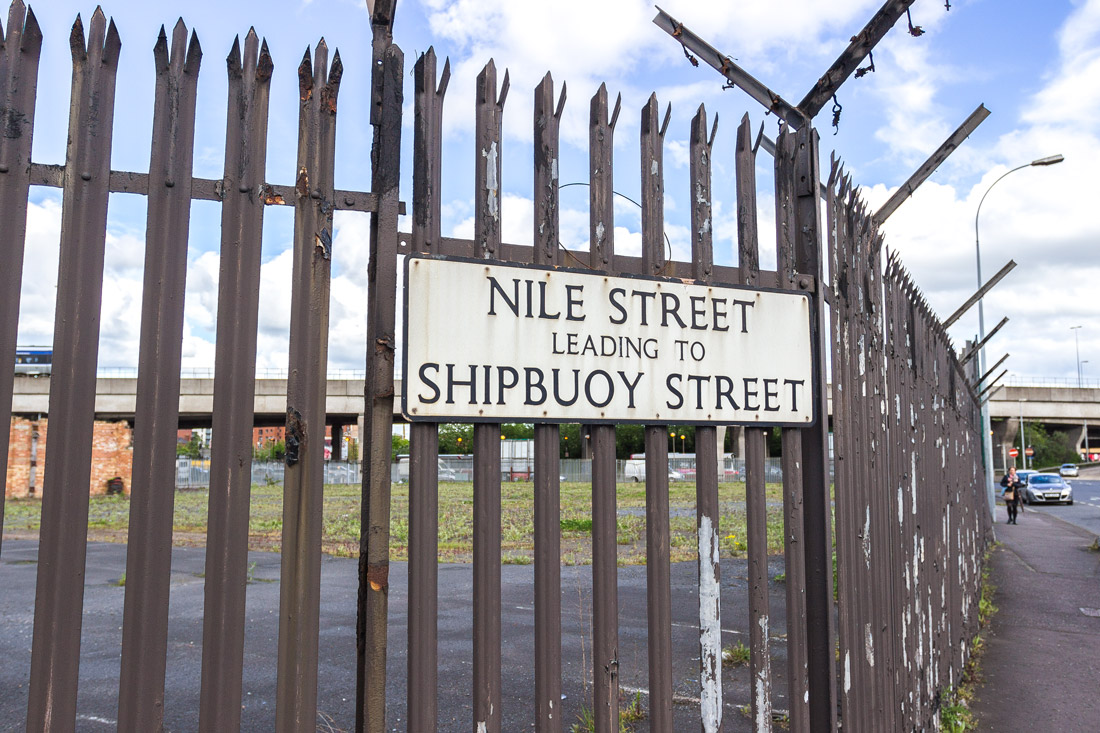
Throughout the city, on almost every lamppost, there are signs that say “Alcohol consumption prohibited.”

Looks like the Irish are drinking excessively.


